When you think of marbles, you might picture childhood games or colorful glass spheres sitting on a shelf – but in marble racing, these tiny spheres are fierce competitors. Marble racing has exploded globally, blending the excitement of motorsports with the simplicity of gravity-driven races and a passionate community of fans.
But here’s the secret: not all marbles are created equal. The type of marble you choose can make or break your race. And this guide aims to help you pick the peak performance marbles.
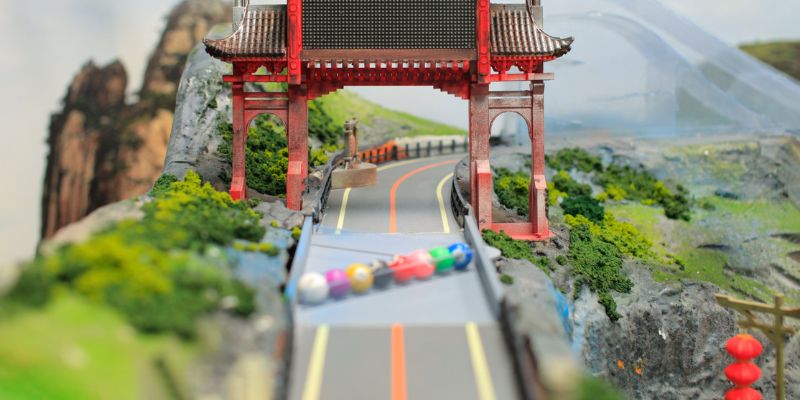
What Makes a Great Racing Marble?
If you think old marbles can win the race, think again! The best racers know it’s not just about luck – it’s about picking marbles built to fly down the track.
Material Matters
First up: what your marble’s made of. Most racing marbles are glass, but some racers swear by metal, plastic, or ceramic as we are using for Marble Magic’s races.
- Glass is the most popular and classic choice. It’s smooth, fast, and reliable on most tracks.
- Metal marbles (like steel ball bearings) are speed demons thanks to their weight, but be careful as they can damage your track if it’s not built tough
- Plastic marbles are lightweight and colorful, but they don’t always have the grid momentum to keep up in serious races.
In short, glass is a great all-rounder, metal is for max speed, and plastic is more for fun runs or creative setups.
Size & Weight: The Balance Game
Size totally matters. Standard marbles are round 16mm, but you’ll also see bigger ones (like 20mm) in some races. Bigger marbles can roll faster because they’ve got more weight behind them, but they also need wider tracks and might struggle in tight corners.
Heavier marbles usually build more momentum on downhill tracks, which is awesome for straight shots, but on twisty, technical courses, lighter marbles usually handle better.

Surface Finish & Smoothness
Ever noticed a marble that looks a bit scratchy or bumpy? That’s bad news for racing. A smooth, flawless surface reduces friction and helps your marble glide effortlessly. Even tiny imperfections can slow things down.
Quick test: roll your marbles on a flat surface. If it wobbles or drifts, it might be time to retire it from racing or keep it as a backup.
Roundness & Center of Gravity
This is where things get nerdy in a good way. Perfectly round marbles with a balanced center of gravity roll straighter and faster. Cheap marbles might have tiny defects or be a bit off-center, which makes them wobble and lose speed mid-race.
If you’re serious about winning, invest in precision-made marbles that are designed for racing. Trust us, you’ll notice the difference when your marble keeps its line and lies across the finish.
Types of Racing Marbles: Which One is Right for You?
Alright, now that you know what makes a great marble, it’s time to pick your racer. There are a few different types of marbles out there, and each one has its own vibe and performance perks. Let’s break down your options.
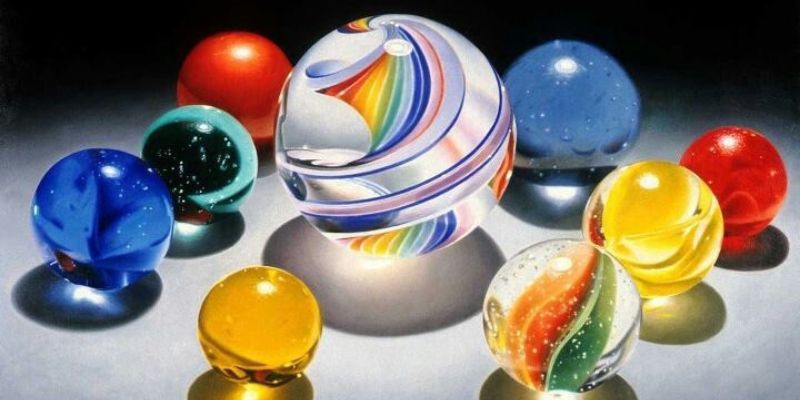
Standard Glass Marbles
These are your bread-and-butter marbles. They’re easy to find, super affordable, and surprisingly versatile.
This type of marble is best for:
- Beginner racers
- All-purpose tracks
- Quick pick-up games when you don’t want to stress over gear
Stick with high-quality glass marbles to avoid chips and cracks mid-race!
Steel & Metal Ball Bearings
Looking for serious speed? Steel or metal ball bearings bring all the heat. These marbles are heavier, faster, and can absolutely crush a downhill track. But here’s the catch: they’re rough on your track, and they’re not great for delicate setups.
Best for:
- Heavy-duty courses (Like the epic Construction Zone)
- Racers who want max momentum
- Indoor tracks with reinforced barriers
Heads up: Metal marbles can cause wear and tear on lightweight materials, plastic tracks, so make sure your setup can handle the weight!
Acrylic & Resin Marble
These marbles are the flashy showstoppers. Acrylic and resin marbles are super colorful, often with cool swirls or glow-in-the-dark features. Performance-wise, they’re lighter than glass or metal, so they won’t win many drag races, but they look amazing flying down themed tracks.
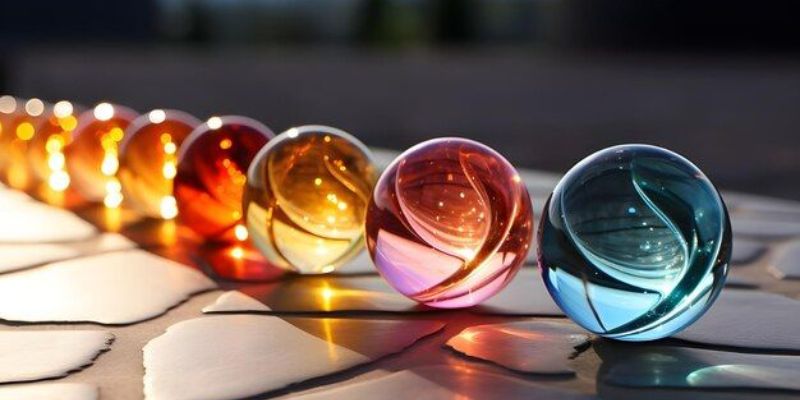
Best for:
- Creative races (think Fiery Pits or Shrubland Run)
- Kids’ races or party games
- DIY track builders who love style as much as speed
Specialty & Custom Marbles
Now we’re talking next-level racing. Specialty and custom marbles are often handcrafted, precision-made, and unique. Some are designed for max performance, while others are just beautiful collector’s items.
Best for:
- Serious racers aiming for the podium
- Fans who want a one-of-a-kind racer
- Special events or tournaments where you want to stand out
Thinking of going custom? It’s a bigger investment, but if you’re chasing those championship vibes, it might be worth every penny.
Marbles vs. Tracks: How to Match for Success
Here’s the thing – even the fastest marble can flop if it’s not a good fit for the track. Matching your marble to the course is a total game-changer. Let’s break down how to get it right so your marble can crush the competition.
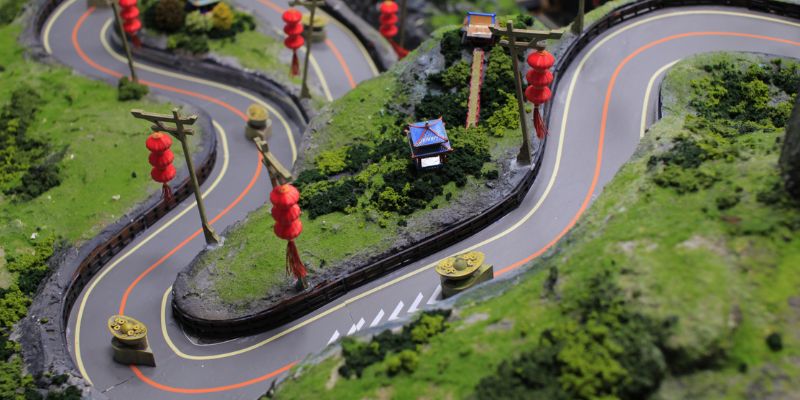
Fast tracks vs technical tracks
Not all tracks are built the same. Some are all about pure speed, while others throw a ton of twists, turns, and obstacles your way.
- Fast tracks (like Pirelli Speedway): These tracks are smooth, straight, and designed for max velocity. This is where your heavier marbles, like steel or larger glass ones, really shine. They build momentum and keep it going all the way to the finish line.
- Technical tracks (Like Siberian Icefield): If your track is packed with sharp turns, tunnels, or bumpy spots, speed alone won’t save you. Here, smaller, lighter marbles (Think standard glass or acrylic) tend to handle better and stay on course when things get tricky
Watch a few Marble Magic race replays to see how different marbles perform on your favorite tracks – it’s like scouting before the big game.
Environmental factors
Did you know your track surface can totally change how your marble performs? Yup, it’s not the marble that matters; the track’s material plays a huge role.
- Plastic tracks: Smooth and fast, ideal for pretty much any marble type.
- Sand tracks: Add resistance, which slows the marble down. Heavier marbles usually have the edge here.
- Ice or slick surfaces: These are super tricky. You’ll want marbles with excellent balance and a smooth finish to avoid spinning out.
Outdoor racing? Watch out for the weather! Rain or dirt can mess with your track’s grip, so keep a towel and some cleaning tools handy to keep things running smoothly.
Adaptability: Multi-Track Marbles
If you’re the kind of racer who loves mixing it up with different tracks, you’ll want a marble that can do it all. These all-rounders might not be the fastest on every track, but they’re super reliable and can handle both speed runs and technical challenges.
Look for:
- Well-balanced glass marbles
- Medium weight (not too heavy, not too light)
- Flawless surface finish for consistent performance
Think of these as your “daily driver” marbles—trusty and ready for anything you throw at them.
Performance Testing: How to Choose Your Champion
Alright, you’ve got your marbles lined up and your track ready to roll, but which marble is actually the fastest? Time to put your racers to the test and figure our who’s the real champ.
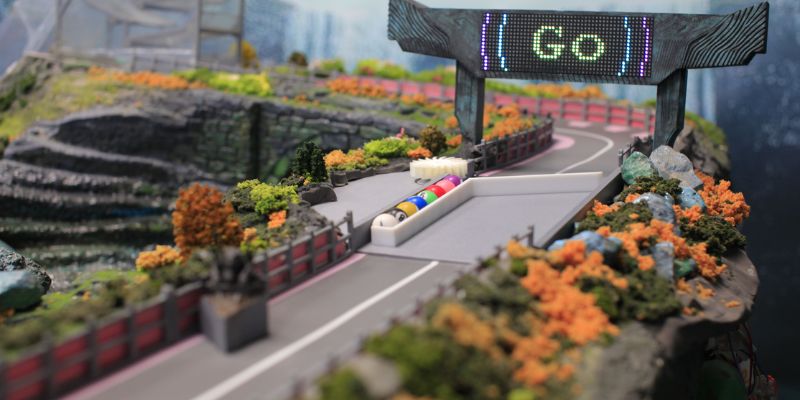
DIY performance testing at home
You don’t need fancy equipment to see which marble is the best—just a track, a stopwatch (your phone works great), and a bit of patience.
Here’s how to test like a pro:
- Downhill Speed: Set up a simple ramp and time how long each marble takes to hit the bottom. Faster = better, but make sure to test a few times to confirm results.
- Curve Handling: Add a few turns or obstacles and see which marbles stay smooth vs. which ones wipe out.
- Endurance: Run each marble multiple times and watch for consistency. Some marbles might do great once but lose their edge after a few races.
Hot tip: Jot down your results in a notebook or a simple spreadsheet—you’ll start to see patterns over time.
Benchmarking with Marble Magic Videos
Want to see how your marble stacks up against the pros? Easy! Head over to Marble Magic’s race replays and compare your marble’s performance to real race footage.
- Time your marble on a similar course setup and see how close you get to the official race times.
- Notice how marbles handle tight corners, straightaways, and obstacles—where does your marble shine, and where could it improve?
And hey, why not take on a fan challenge? Try to match (or beat!) times from Marble Magic’s most popular races and share your results with the community. Bragging rights included.
DIY & Customization: Personalize Your Racing Marbles
Sure, racing is all about performance, but let’s be real, looking cool counts too.
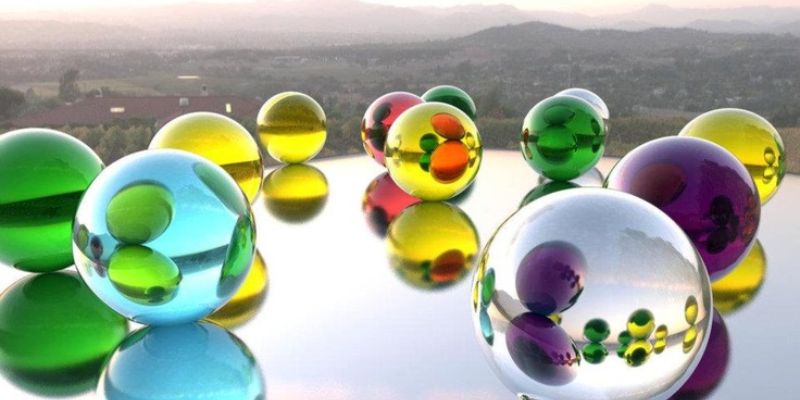
Painting & Decorating Your Marbles
Want your marble to look as fast as it rolls? Time to get creative! You can paint and decorate your marbles for a totally custom look—but make sure you use the right stuff.
Best materials:
Acrylic paint: Sticks well and dries fast.
Permanent markers: Quick and easy for simple designs.
Nail polish: Surprisingly awesome for glossy finishes (just keep it smooth).
Pro tip: Less is more. Too much paint can mess with your marble’s balance or make it bumpy, which slows you down. Stick to thin, even coats and always test your marble after decorating to make sure it still rolls true.
Modifying Tracks for Marble Performance
Want to fine-tune your setup? You can make small tweaks to your track to play to your marble’s strengths.
A few easy mods:
- Add padding or barriers to keep high-speed marbles from flying off.
- Adjust the steepness of your ramps to control speed (steeper = faster, but riskier).
- Mix in different textures—smooth sections for speed, rougher spots for better control.
Need inspiration? Check out the Marble Magic community gallery—fans have built everything from backyard obstacle courses to full-blown indoor arenas. Some of the setups are wild (in the best way).
Bonus idea: Share your own DIY project pics and videos with us! We love seeing your creative genius at work.














